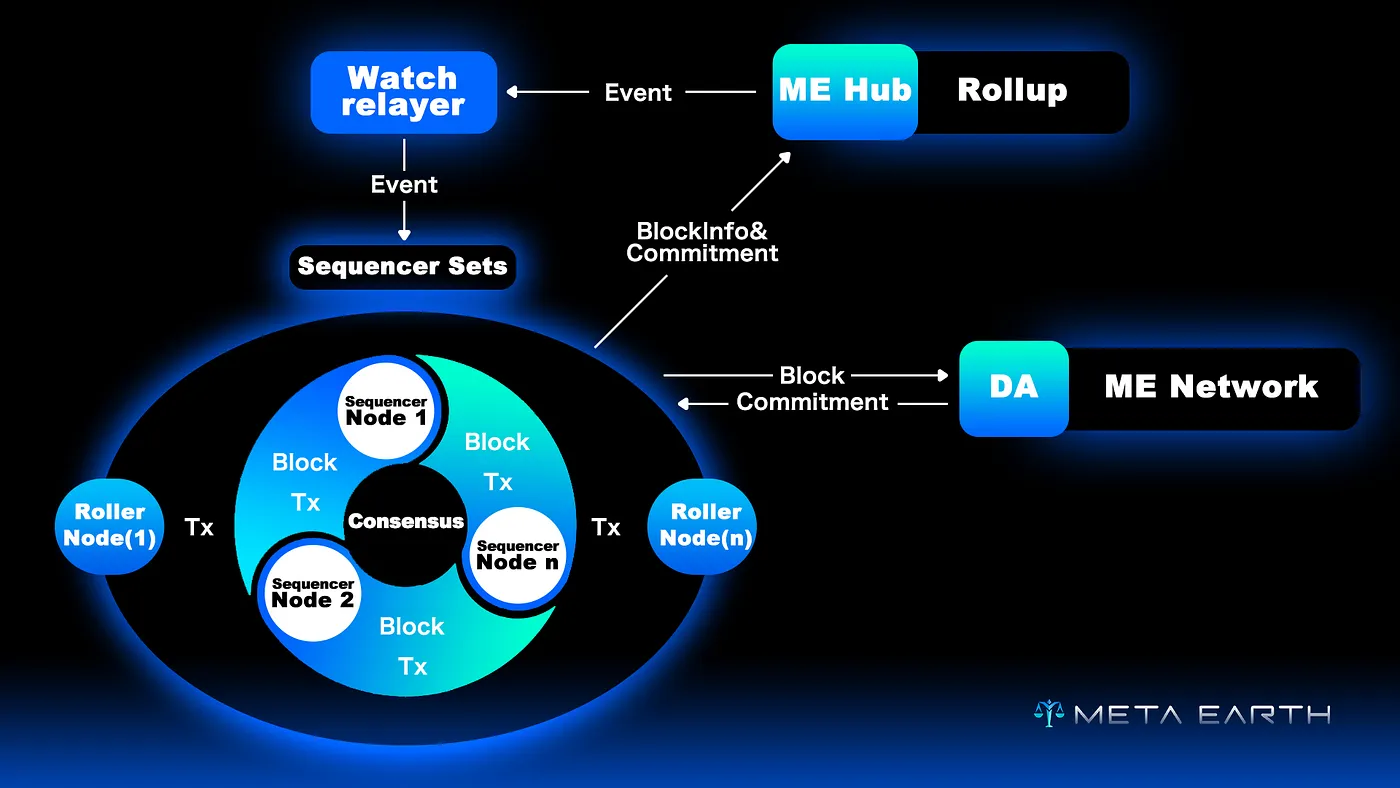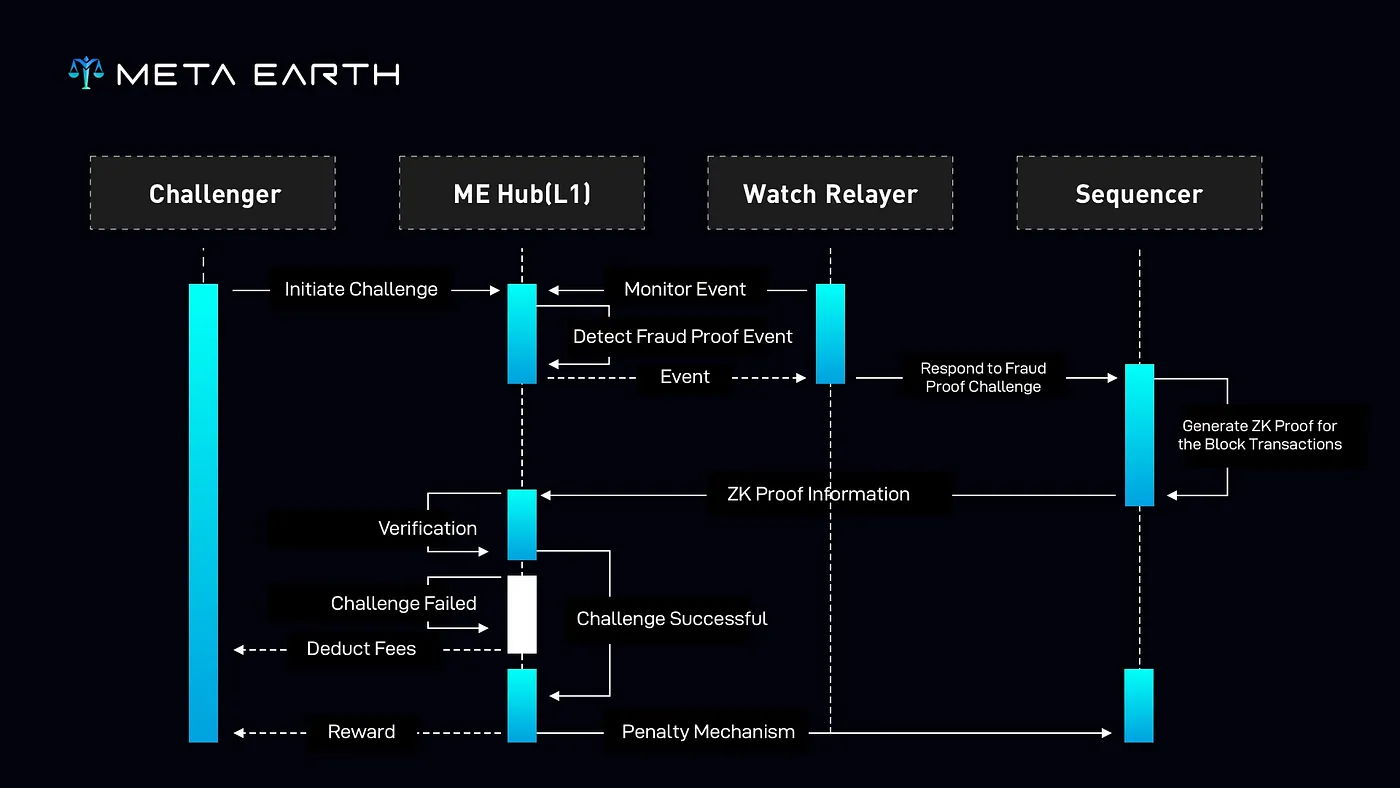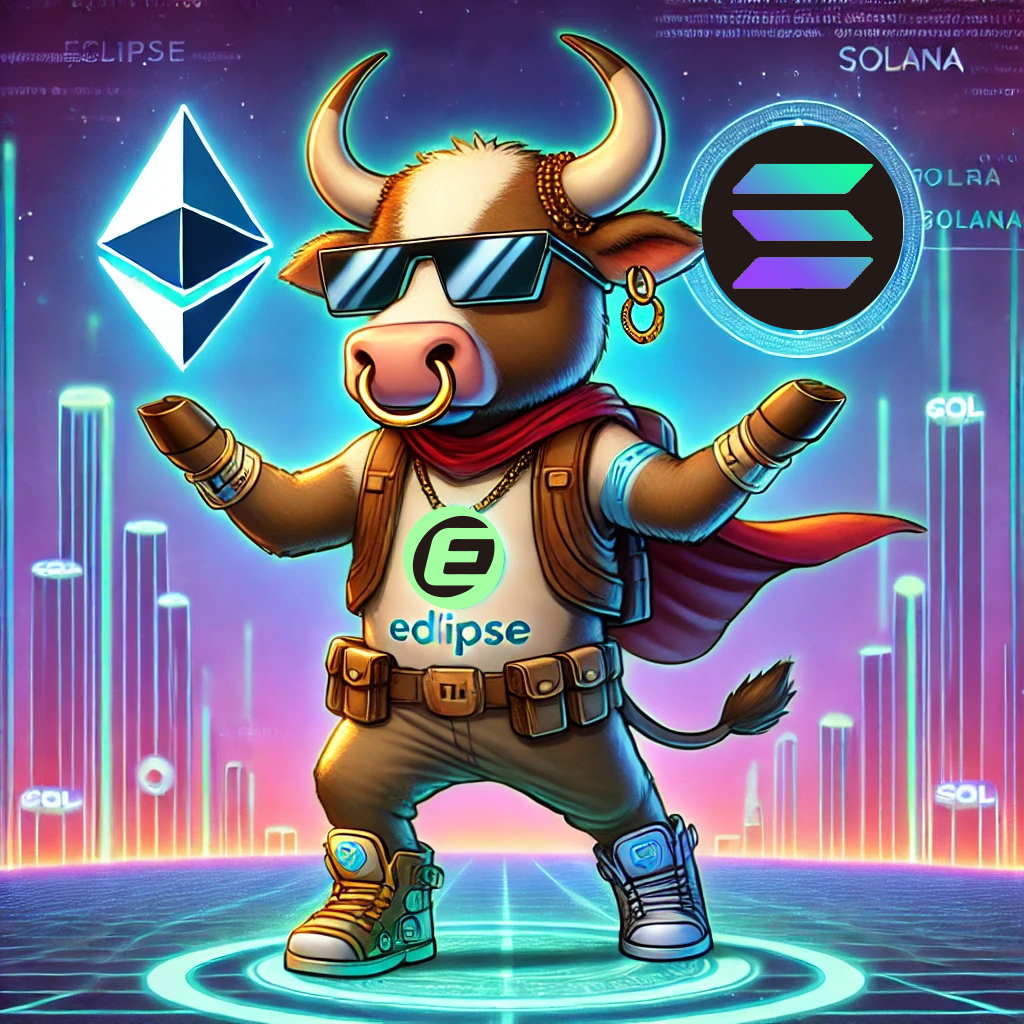Sequencers have emerged as a critical component in blockchain networks, particularly for transaction ordering, which has become a major focus in the Layer 2 (L2) space. However, the centralized nature of sequencers in current L2 rollups — such as Arbitrum, Optimism, zkSync, StarkNet, and Polygon zkEVM — introduces several issues. These include the potential for transaction censorship, MEV (Maximal Extractable Value) extraction that could disadvantage users, single points of failure, and high operational costs due to complex computation requirements.
ME Labs, in the ongoing development of ME Network 2.0, has crafted a cutting-edge solution: a fully decentralized sequencer network. This approach not only ensures the high performance and security of the connection between the settlement and execution layers, but it also directly addresses the challenges posed by centralized sequencers. With this solution, we have made significant strides in decentralizing transaction ordering and optimizing the blockchain transaction process.
What is a Sequencer?
Sequencers play a pivotal role in blockchain networks by determining the order of transactions. Upon receiving transactions from users, sequencers prioritize them based on a predetermined set of rules — often gas prices — ensuring that the transactions are processed in an organized sequence. The sequencer then batches these transactions into a block, executes them, and applies the changes to the blockchain. This process is critical for maintaining the orderly processing and reliability of transactions, while also enhancing overall system efficiency.
In essence, sequencers ensure that transactions are processed without conflicts or disorder and optimize performance by bundling multiple transactions into a single block, reducing the frequency of Layer 1 (L1) transactions and improving throughput.
Why Choose Decentralized Sequencers?
L2 solutions generally fall into two categories: centralized sequencers and zk-based sequencers. While zk-based sequencers present challenges related to long computation times and high costs, centralized sequencers dominate most L2 solutions. This centralization means a single entity controls transaction ordering and validation, which, while offering benefits like faster transaction confirmations, lower costs, and a more streamlined user experience, introduces serious risks.
Centralized sequencers wield significant power, enabling them to reorder or delay transactions to extract MEV. They also pose a single point of failure and are vulnerable to malicious behavior. If a centralized sequencer is compromised or fails, the entire system could experience significant disruption.
In contrast, decentralized sequencers distribute the power to order and confirm transactions across multiple participants. By employing election or voting mechanisms, decentralized systems prevent a single entity from monopolizing control, significantly enhancing security and censorship resistance. Moreover, with mechanisms to penalize malicious actors, decentralized sequencers operate within a framework that promotes fairness and reliability. Decentralized sequencing also increases resistance to transaction censorship by ensuring no single entity has unilateral control over transaction ordering.
Given these advantages, decentralized sequencers are the future of blockchain transaction ordering, and ME Network is leading the charge in replacing centralized systems with a robust, decentralized alternative.
How ME Network’s Decentralized Sequencer Works
ME Network’s decentralized sequencer architecture allows multiple nodes to participate in the transaction ordering and block formation process, rather than relying on a single centralized entity. In the modular architecture of ME Network 2.0, ME Hub (L1) integrates specialized Rollup-chain (L2) management modules, enabling a decentralized sequencer system. Nodes that wish to become sequencers must stake a certain amount of MEC on ME Hub and enter a competitive election process. Successful candidates are added to the Rollup-chain’s sequencer list.

Any node can compete to become a sequencer, and because multiple sequencers are involved, the system mitigates the risk of a single point of failure. The sequencer list is dynamic, adjusting based on the amount of MEC staked by participants.
The Rollup-chain management module on ME Hub (L1) oversees the election of L2 sequencers. Proposers for transaction sequencing are selected based on the weight of tokens staked within the Rollup-chain. Nodes that stake more tokens have a higher chance of being selected as block proposers, creating a positive incentive loop.
However, to prevent monopolization, ME Network carefully balances the “positive incentives” for sequencers with decentralization. If a proposer continually dominates the sequencing process, ME Network reduces that node’s influence in subsequent elections, ensuring that other sequencers are given opportunities. This mechanism prevents any sequencer from gaining undue control over transaction ordering, thus limiting long-term centralization and minimizing the risk of transaction censorship.
In summary, ME Network employs a decentralized Rollup sequencer management system that leverages the L1 network to secure elections, staking, and penalties. On the L2 side, the staking mechanism selects proposers to handle block sequencing, creating an efficient and decentralized framework where L1 provides security and L2 ensures optimal performance.
Innovative Fraud Prevention Mechanism
ME Network adopts an Optimistic Proof model, where sequencers are presumed to behave honestly in most cases. However, during the Optimistic Rollup process, state submissions made by block proposers are subject to a challenge period, known as the “challenge window.”
If a state submission is contested within this window, any participant (referred to as a challenger) can submit a Fraud Proof without authorization. If a Fraud Proof is submitted, an event is triggered on ME Hub, which is monitored by a Watch Relayer. The sequencer responsible for the challenged block then generates a Zero-Knowledge Proof (ZK Proof), compresses it, and submits it to ME Hub for verification. If the challenge fails, the transaction is validated, and the challenger’s fee is forfeited. However, if the challenge succeeds, it indicates dishonest behavior on the part of the sequencer, and the node responsible for that block is penalized. The challenger is rewarded, incentivizing greater participation in network oversight.

Compared to traditional Optimistic Proof systems, ME Network’s fraud prevention model offers enhanced flexibility and efficiency. By shortening the challenge window to less than three days (versus the seven-day period in typical Optimistic Proof systems), we minimize delays and system uncertainty. Furthermore, the compression of ZK Proofs significantly reduces sequencer fees. By offloading ZKP verification to ME Hub, we also reduce the burden on challengers, streamlining the fraud detection process and making the system more efficient.
Conclusion
The blockchain ecosystem is on the cusp of a significant shift as the role of sequencers evolves from centralized to decentralized systems. ME Network is proud to be at the forefront of this revolution, driving the future of decentralized transaction sequencing. As the ecosystem continues to mature, decentralized sequencers will become an indispensable element of scalable, secure blockchain networks.
About Meta Earth
Meta Earth (ME) is based on a modular, high-performance, infinitely scalable multi-dimensional fusion underlying value network — ME Network, which supports the high-concurrency big data processing needs of traditional industrial applications.
And through an encrypted DID (Decentralized Identifier) system — ME ID & ME Pass which can effectively protect user privacy data, and a co-construction & co-governance mechanism which can fully reflect personal sovereignty and equality for all, as well as an economic model which can guarantee UBI (Unconditional Basic Income) without any distinction, Meta Earth is fully dedicated to enhancing happiness for a better life and maintaining ecological balance to promote sustainability.
**If you want to receive more airdrops or rewards, please download the ME Pass and complete the KYC. See more on the poster! **👇👇👇

Related Links:






评论 (0)